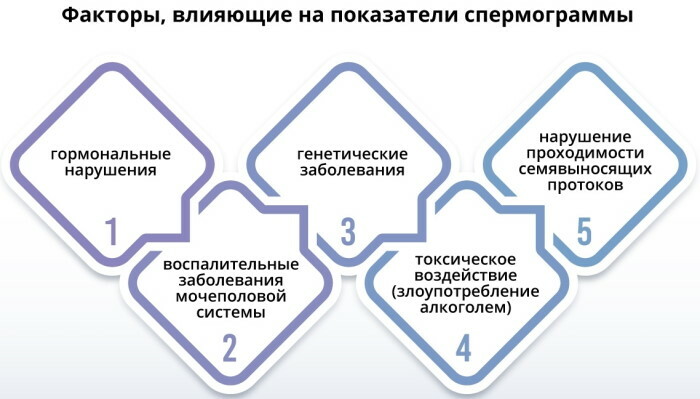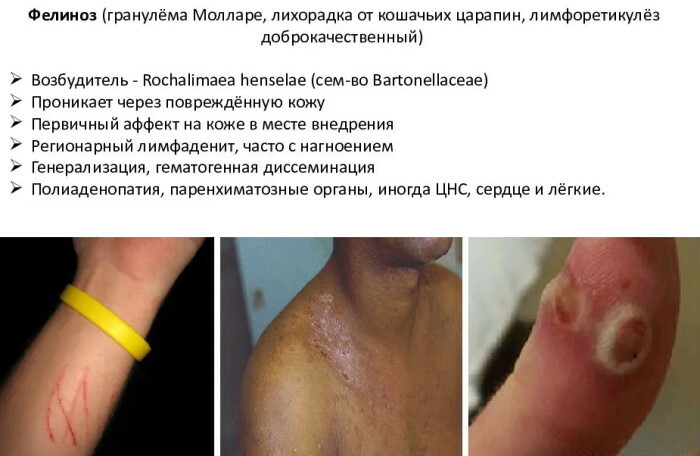The result of these changes - the threat of spontaneous fracture with severe bleeding, circulatory disorders abdominal pathology .This Though relatively rare (sick no more than 1% of the population), but it is very dangerous (more than 90% of patients with aortic aneurysm die from it complications).

What it is?
Aneurysm - a literal translation of the Latin language extension. This term refers to a pathological change associated with bulging walls of the vessel. Abdominal aortic aneurysm (AAA), is diagnosed in the event of vascular lesions in the section from XII to breast-IV-V lumbar vertebra.
Causes of
A condition in which a separate section of the aorta expands, called an aneurysm. In this abuse become weak vessel walls and for the blood pressure starts to bulge, which can lead to rupture. The most common aneurysm occurs as a result of the following factors:
- being overweight;
- influence heredity;
- abdominal trauma;
- smoking;
- lack of exercise;
- high blood pressure;
- infectious diseases (especially syphilis);
- congenital disorders of the aorta;
- Availability atherosclerosisAt which deposited on the walls of the aorta cholesterol with the formation of specific atherosclerotic plaques.
It should be noted that the aneurysm is usually diagnosed after the age of 55 years and among the male half of the population. Furthermore, the reasons of its development include nonspecific aortoarteritis or inflammatory processes that are provoked tuberculosis, rheumatic fever, salmonellosis. There is also a theory that the aneurysm may occur due to specific chromosomal defect that leads to abnormal metabolism of copper. In this case, there is a deficit of elastin and collagen in the vessel walls, which provokes their weakness and a tendency to expand.
symptoms
The intensity of the manifestations of the disease symptoms affecting aneurysm size: small bulging of the aorta did not bother, so people can not celebrate for many years at no symptoms.
When thoracic aneurysms increases significantly in size and begins to compress the surrounding organs, patients have the appropriate sense:
- Dyspnea;
- Chest pain diffuse nature;
- Dysphagia (if the aneurysm was formed near the esophagus);
- Cough, Hoarseness (at a pressure on the nerve endings neoplasms of the larynx);
- Pulsation in the chest.
There are also specific symptoms appearing at squeezing the nerves of the autonomic nervous system: it is called Horner syndrome. In patients with the above syndrome clearly visible constricted pupil, drooping eyelids, a marked sweating.
Diagnostics
To confirm or deny the presence of abdominal aortic aneurysm can be, having special studies:
- X-rays;
- Ultrasound of the abdomen;
- CT of the aorta;
- MRI of the aorta.
Differential diagnosis - a method by which eliminated all the possible diseases that do not fit the symptoms and other factors. As a result, the diagnosis is reduced to a single possible illness. Diagnose the disease is quite difficult, especially if it is for asymptomatic, or there is the predominance of symptoms on the part of the area of the peritoneum, and retroperitoneal space.
Differential diagnosis with cancer of the digestive system organs, retroperitoneum, the pancreas, kidney, aorta deviation and elongation, deformation spine.

Treatment of aortic aneurysms
There are no drugs that could eliminate abdominal aortic aneurysm. However, in the course of disease treatment requires the administration of drugs for the prevention of disease progression and complications. Your doctor may prescribe drugs controlling blood pressure and cholesterol.
All the drugs used in this diagnosis, refer to such groups:
- antifungals and antibiotics - in the presence of mycotic or inflammatory processes in the aorta;
- anti-inflammatory drugs (corticosteroids - prednisolone or NSAIDs - diclofenac) - in the presence of rheumatic heart and aorta;
- antiplatelet agents and anticoagulants - antithrombotics (clopidogrel, warfarin, aspikor, tromboAss, cardiomagnil). Must be used only under medical supervision, since the rupture of the aorta their action only reinforces the bleeding;
- lipid-lowering agents - normalizing cholesterol levels and prevent its deposition in the vessel wall (rosuvastatin, atorvastatin);
- cardiotropic drugs - noliprel, verapamil, rekardium, prestarium;
- drugs that are designed to lower blood glucose levels, the presence of diabetes.
Effective treatment of such disease can be carried out only by means of surgery. The operation can be carried out in an emergency and planned manner.
Operation
Upon receipt of complete information about the patient's condition, is assigned one of the following methods of surgical treatment:
- Endoprosthesis abdominal aneurysm. During the procedure, the place hindered blood flow bypass using sewing additional artificial or natural container. The surgery is performed through an incision laporotamichesky. The disadvantage is that a high percentage of deaths during surgery. To reduce the risks to the patient prescribe iron preparations and medicines to thin the blood. As a result, this can avoid high blood loss and save the patient's life.
- Stenting abdominal arteries at multiple aneurysms. During surgery the aorta is administered stent which expands and reinforces the wall of the aorta, preventing rupture. Operation helps protect the patient significantly. A disadvantage operative treatment strategy using stenting is that 10% of the observed migration structure.
Contraindications to elective surgery are a recent (less than 1 month), myocardial infarction, stroke (within 6 weeks), heavy cardio-pulmonary insufficiency, renal insufficiency, common occlusive lesion of the iliac and femoral arteries. When laceration or rupture of an abdominal aortic aneurysm resection is performed for health reasons.

Possible complications after surgery
Statistics outcomes after surgical treatment says that after elective surgery number of deaths ranges from 0 to 0.34%, after a long period of time. And after the surgery on an emergency basis the mortality rate of patients in the first two months is 90%.
Not much more comforting picture of mortality during the operation:
- Scheduled interference 7 - 10%;
- Operation of suturing the aneurysm rupture of 40 - 50%;
- Endoprosthesis 1%.
On the basis of these figures it is clear that the holding of elective surgery before complications arise greatly improves the chances of the patient's life. Careful preparation for surgery eliminates complications. Nevertheless, we can not exclude their appearance.
It must be remembered, and to know that even after elective surgery may be postoperative complications, and in complicated forms of abdominal aortic aneurysm risk is much higher. The most dangerous are the following complications:
- internal bleeding;
- thrombus formation in vascular prosthesis;
- disruption of the heart with the risk of acute heart failure;
- renal failure due to pathological changes in blood flow;
- violation of blood flow in the legs.
Complications in the long term:
- infection of the prosthesis,
- intestinal fistula,
- thrombosis of the prosthesis,
- sexual dysfunction.
The patient's lifestyle
If the aneurysm is small size (up to 5 cm), and is not planned elective surgery, doctors take a wait and see tactics and observe the patient. The patient should be twice a year to visit the doctor for examination, if the aneurysm growing fast (more than 0.5 cm in six months), the operation will be assigned to him.
After surgery, the patient visits a doctor every month during the first year and then every six months during the second year and then once a year. Both before and after the surgery, the patient should take the medicine prescribed by your doctor.
It is recommended to observe the following simple measures for maintaining a healthy lifestyle for prevention of growth of the aneurysm and complications:
- Exception strenuous exercise - exercise is contraindicated, may be walking on short distances. In the postoperative period - complete bed rest with gradual motor loads.
- Lowering cholesterol - statins prescribed by a doctor, limit cholesterol dietary intake.
- Proper nutrition and weight control. It is forbidden to eat salty, spicy, fried, greasy food. Impose restrictions on the confectionery and animal fats. It is recommended to use fruit drinks, compotes, juices, low-fat varieties of fish and poultry, milk products, cereals, fresh fruits and vegetables. Meal to be split into small portions of 4-6 times a day. Products should grind, boil, cook for a couple.
- Complete cessation of smoking and alcohol. It is proved that smoking stimulates the growth of the aneurysm, and alcohol increases blood pressure, which can cause vascular accident.
- Control over the level of blood pressure - elimination of psycho-emotional stress, heavy physical labor, regular medication, normalizes blood pressure, restriction of salt in food.
Also the correction of comorbidities - diabetes, heart, liver, kidney etc.

Forecast
The prognosis of untreated unfavorable, since the progress of the disease complications arise which lead to death.
- mortality at small dimensions of the aneurysm is less than 5% per year, and at a rate of 5-9 cm of education - 75%.
- the mortality rate after the diagnosis and the presence of medium and large aneurysms in the first two years - 50-60%.
- when elective surgery prognosis is favorable, the survival rate in the first 5 years is 65-70%.
After the rupture of the aorta is extremely poor prognosis. Without treatment, they die 100% of patients, while helping 90% of patients die in the first two months after surgery.



